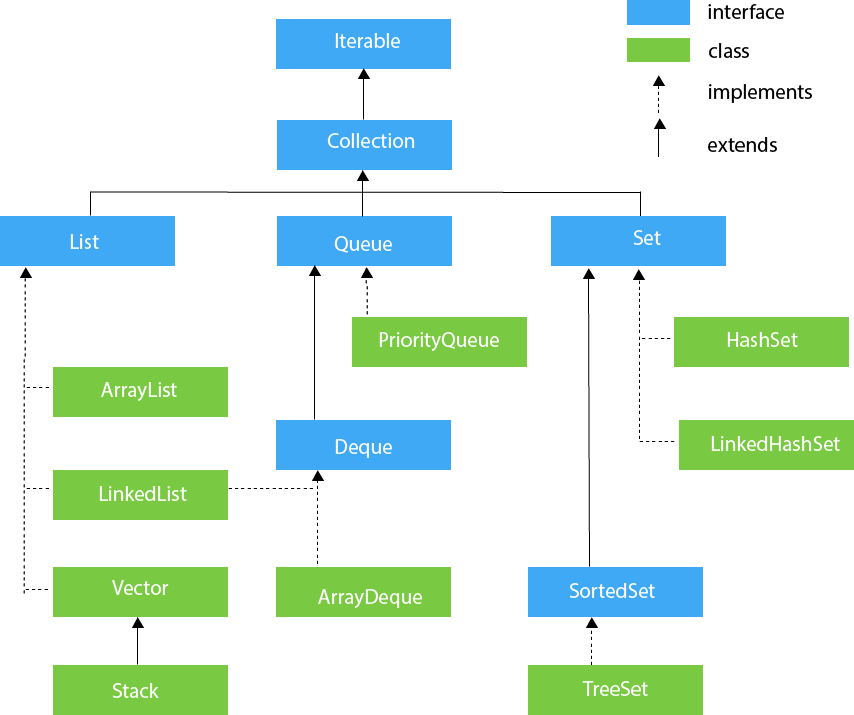Introduction to Collections Framework
In this tutorial, we'll explore Java's Collections Framework, an essential tool for any Java programmer. The Collections Framework simplifies working with groups of objects. If you're new to Java or need a refresher, this tutorial will guide you through the basics.
What is the Java Collections Framework?
The Java Collections Framework is a set of classes and interfaces which provides a system to manage and manipulate groups of objects. It offers various operations to perform on data such as searching, sorting, insertion, manipulation, deletion, etc.
Why Use the Java Collections Framework?
Efficiency: Collections are highly performant for various data operations. They are pre-optimized for different data structures and algorithms.
Standardization: Collections provide a standard interface that can be used across different applications.
Reducing Programming Effort: By providing useful data structures and algorithms, the Collections Framework reduces the programming effort and time.
Hierarchy of Collection Framework
The Collections Framework is designed with two main root interfaces: Collection and Map.
Collection Interface: This interface is the root of the collection hierarchy. It declares the basic methods that all collections will have. These include methods for adding and removing elements, methods for querying the size of the collection, and methods for checking whether an element is in the collection.
Map Interface: This interface is not a true child of the
Collectioninterface but it's a part of the Collections Framework. It provides methods to work with key-value pairs.

Types of Collections in Java
List: A List is an ordered collection and can contain duplicate elements. You can access any element from its index. List is implemented by ArrayList, LinkedList, Vector and Stack.
Set: Set is an unordered collection of objects in which duplicate values cannot be stored. It is implemented by HashSet, LinkedHashSet, and TreeSet.
Queue: Queue is an interface that holds the collection of elements, but it supports the additional insert and remove operations. It is implemented by PriorityQueue, Deque, and ArrayDeque.
Deque: Deque is a queue that supports element insertion and removal at both ends. It stands for Double Ended Queue.
Map: Map is an object that stores elements in key/value pairs. Keys are unique names where you can locate the elements in a Map.
Conclusion
The Java Collections Framework provides a powerful set of tools for handling groups of objects. Whether you need to keep track of a few items in a list, or manage a large set of data, the Collections Framework has a solution. In future tutorials, we'll dive deeper into each part of the Framework, exploring the many ways it can make your life as a Java programmer easier.
Don't forget to practice what you've learned. The more you code, the more these concepts will become second nature. Happy coding!